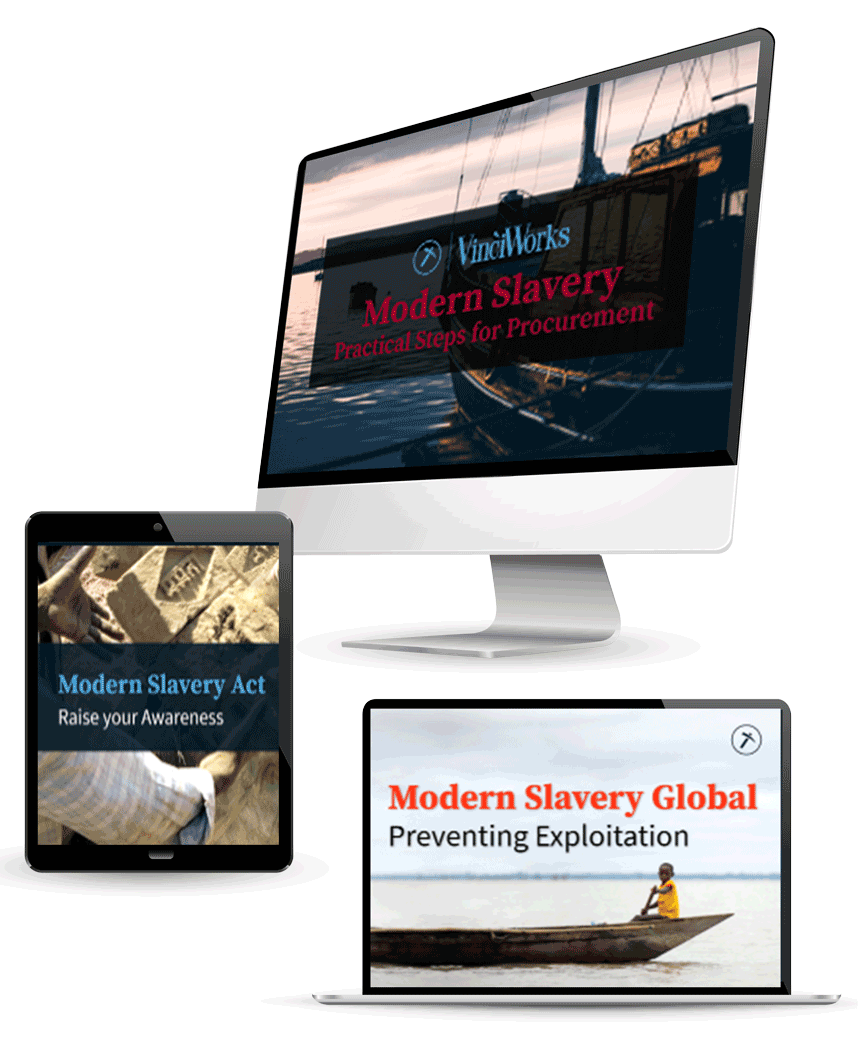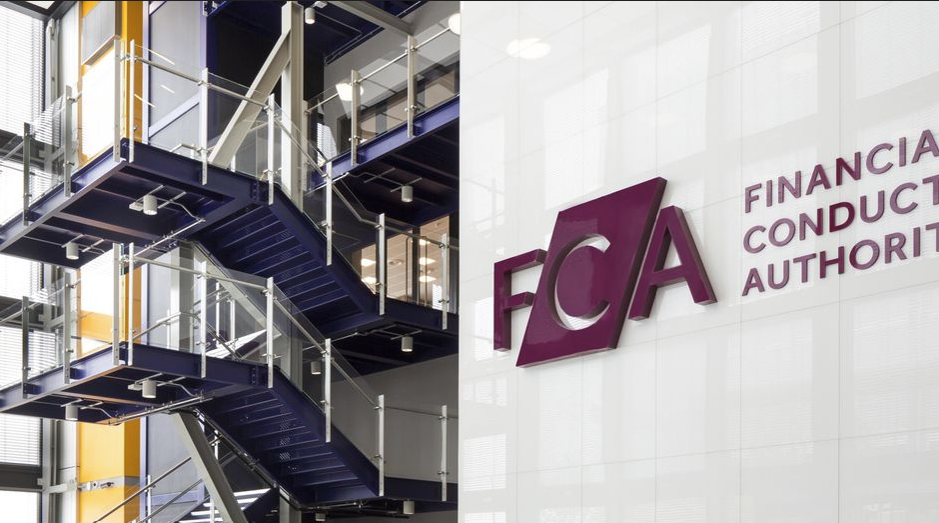What is modern slavery?
Modern slavery is the term used to describe some of the world’s worst forms of exploitation, including human trafficking, domestic servitude, child labour, debt bondage, forced marriage, sexual exploitation and more. It is estimated that as many as 40 million people are now trapped in modern slavery worldwide, more than at the peak of the transatlantic slave trade in the 1800s.
A number of countries have enacted tough legislation to combat modern slavery in the corporate world by increasing transparency in companies’ supply chains.
Modern slavery acts in the UK, EU, US, and other countries around the world require large companies to publicly disclose information about their efforts to eradicate human trafficking and slavery within their supply chains. These statements must include a report of the steps taken during the past financial year to ensure that these human rights violations are not taking place in any part of the business or its trading partners. It is expected that a growing number of countries will adopt similar legislation in the future.
What is the UK’s Modern Slavery Act?
The Modern Slavery Act 2015 was brought in by the Coalition Government in 2013 under the then Home Secretary Theresa May.
The Act consolidates existing offences of slavery and trafficking and introduces new civil penalties for those involved and provides mechanisms for seizure of assets. It also establishes an independent Anti-Slavery Commissioner as well as the reporting requirement for large companies.
The UK’s Modern Slavery Act defines the following terms:
Slavery – deprivation of freedom and behaviour from the offender as if they own the victim.
Servitude – coercing an individual to provide services, including the obligation to live on another person’s property and being unable to change their condition.
Forced or compulsory labour – work or services obtained under the threat of a penalty or where the work has not been offered voluntarily.
Human trafficking – facilitating or arranging the travel of a person with the view to their exploitation, even if the travel is consented to.
The International Labour Organisation (ILO) estimates over 50 million people are victims of slavery or forced servitude around the world, accounting for around US$150 billion in illicit profits.
There are an estimated 100,000 potential victims of modern slavery in the UK and the cost of human trafficking and exploitation to the UK is around £890 million per year.
Modern slavery and CSRD
The Corporate Sustainability Reporting Directive (CSRD) is EU legislation that requires all large and listed companies to publish regular reports on the social and environmental risks they face, and on how their activities impact people and the environment. It aims to help investors, consumers, policymakers and other stakeholders evaluate non-financial performance and encourage a more responsible approach to business.
The EU sees CSRD as an important part of delivering its European Green Deal – an ambitious effort whose ultimate goal is a carbon-neutral Europe. Part of that effort involves putting sustainability reporting “on the map” so it becomes an issue of significance for companies. CSRD defines – for the first time – a common reporting framework for non-financial data, encompassing not just climate change but broader Environmental, Social and Governance (ESG) metrics.
CSRD will dramatically increase the number of businesses that are subject to mandatory ESG disclosures from 15,000 to over 50,000. It will also impact non-EU companies, called third-country companies, that have substantial activity in the EU. Businesses need to prepare now as successful reporting will require a holistic approach that involves the entire organisation.
Anti-slavery efforts in the supply chain are fundamental aspect of CSRD compliance. CSRD expands on the anti-slavery and labour exploitation agenda by compelling businesses to give quality and reliable reports, ensuring environmental and social sustainability efforts go hand-in-hand.
CSRD reports will require more detail than present standards in outlining a company’s impact on human rights, the environment, social standards, and sustainability risk projections. This will include disclosures on a company’s measures in preventing labour exploitation in their supply chains. In ensuring that companies are providing reliable information, companies will also be required to undergo independent auditing and certification.
Understanding supply chain challenges
A single supply chain can consist of hundreds of subcontractors, labour agencies, and material suppliers with complex relationships and different standards.
Companies may be able to vet the first and second tiers of their supply chain, but beyond that it becomes increasingly murky. Having visibility over every transaction is close to impossible. Lack of transparency, combined with fragmented relationships between different tiers, enables those who want to hide human rights abuses to do so easily.
If one instance of modern slavery infects the supply chain, it can taint every company along the way. The larger and more complex the supply chain, the more opportunities there are for labour abuses.
Where modern slavery thrives, supply chains and their end businesses become complicit in human rights abuses.
Common problems in the supply chain
Certain business pressures increase the likelihood of abuses in the supply chain.
These common problems can make modern slavery more likely to occur:
- Corruption in the supply chain
- Increased or unscheduled demand
- Too many tiers in the supply chain
- Lack of resources to enforce policies
- Last minute procurement changes and new orders
- Differences between board level policy and real-world procedures
- Lack of awareness of modern slavery red flags in different parts of the business
- Constant demand to lower prices, putting suppliers under pressure to cut corners
Supply chain red flags
Recently a flight attendant helped rescue a young girl from trafficking by spotting red flags and following her instinct:
“Something in the back of my mind said something was not right. He was well-dressed. That’s what got me because I thought why is he well-dressed and she is looking all dishevelled and out of sorts?”
The flight attendant then passed the girl a note during the flight, and she responded with the message: “I need help.”
Knowing how to spot the signs can help you immediately identify individuals who are at risk.
Signs of restricted freedom
There are certain signs of restricted freedom that victims may exhibit:
- Not in full control of their own passport or identity documents, have fake documents or documents are held by someone else for ‘safekeeping’
- No access to medical care or no time off for sickness
- Unable to leave the work environment or forced to live on the premises
- Completely dependent on the employer for work, transport and accommodation
- Limited contact with anyone outside of the workplace
- Subject to violence, threats and intimidation; either against the victims or their families
Behavioural signs
Someone who is a victim of modern slavery or trafficking may:
- Scavenge for food
- Not trust authorities and is afraid of police or doctors
- Be forced to commit crimes in order to survive
- Be fearful and anxious and does not speak when addressed directly
- Not know the local language or can only communicate through a minder or manager
Poor working conditions
In the workplace, be on the lookout for instances where someone is:
- Unable to negotiate or discuss working conditions
- Has no say in choosing when to work or forced to work hours they did not agree to
- Works excessively long hours, back-to-back shifts and no days off
- Not adequately dressed or does not have protective equipment, safety gear or warm clothing
- Lacks basic training or knowledge of the work
- Has no formal contract or the contract is held by someone else
Living conditions
A modern slavery or trafficking victim may suffer from:
- Poor, substandard accommodation
- Not knowing their home address
- Lives in large group with more occupants than the accommodation holds; sleeping in shifts
- Not able to return home when they want or not having their own keys
- No choice or control over who they live with or where they live
Financial control
Victims may be controlled through financial means such as:
- Bonded by debt or under the impression that they are
- Working off debt for travel, accommodation, food or training
- Charged for services they don’t want or need
- Receive little or no real take-home pay
- Have little or no access to the money they earn
Physical signs
Be conscious of physical signs that can alert you to victims where they:
- Show signs of physical injuries, assaults and beatings including black eyes, unusual scratches and red marks
- Look dishevelled and unkempt as if they have no access to washing facilities
- Appear to have injuries as the result of restraint, such as red marks on the wrist
- Have injuries associated with unsafe work practices such as missing fingers, bad coughs or work-related disabilities
- Show signs of drug addiction such as track marks, sunken eyes and few teeth
- Appear malnourished with bones showing through the skin or underdeveloped muscles
Modern slavery course collection
VinciWorks’ modern slavery training suite offers a variety of training options for companies to use as part of their internal compliance programs. Our courses are designed to meet the needs of an entire organisation, from general staff to procurement teams.
Raise your Awareness
Target audience – General staff in low risk industries
Duration – 10 minutes
Course outcomes – Basic overview and common signs of slavery
Preventing Exploitation
Target audience – General staff in high risk industries
Duration – 20 minutes
Course outcomes – Comprehensive overview of the issue with red flags and common signs of slavery
Practical Steps for Procurement
Target audience – Procurement, HR and management
Duration – 40 minutes
Course outcomes – In-depth training on red flags when dealing with suppliers
Modern Slavery Knowledge Check
Target audience – All staff
Duration – 5 minutes
Course outcomes – A 10 question overview of modern slavery to test knowledge













